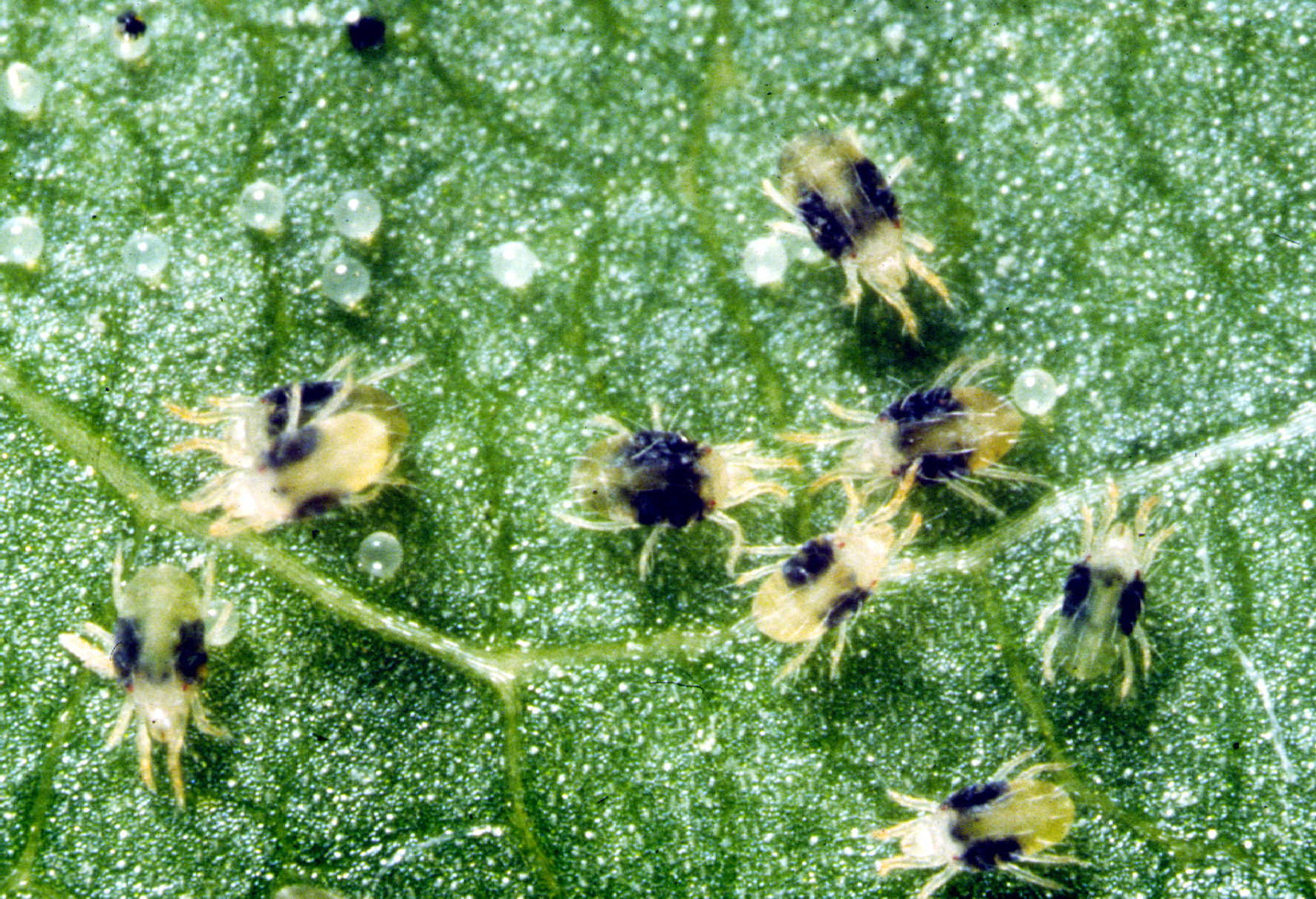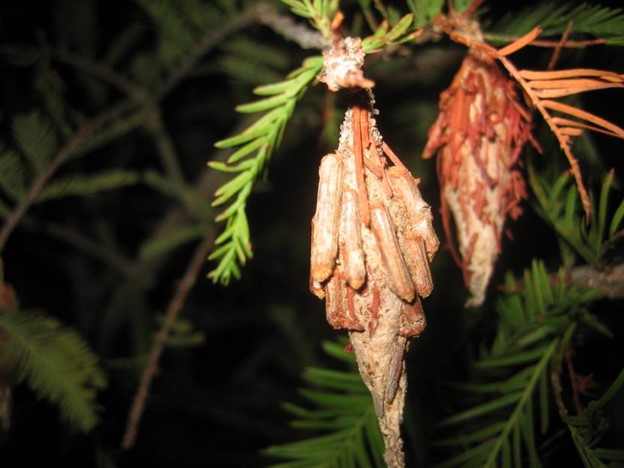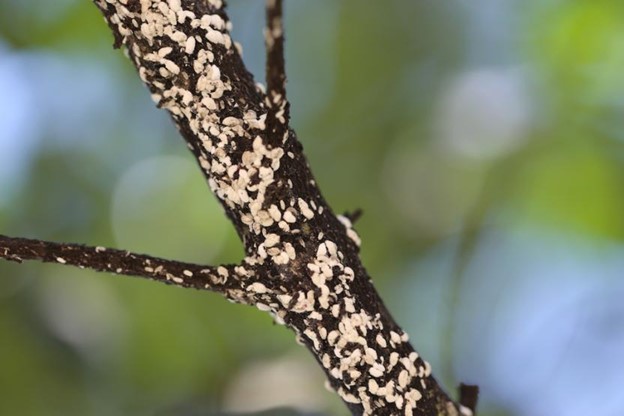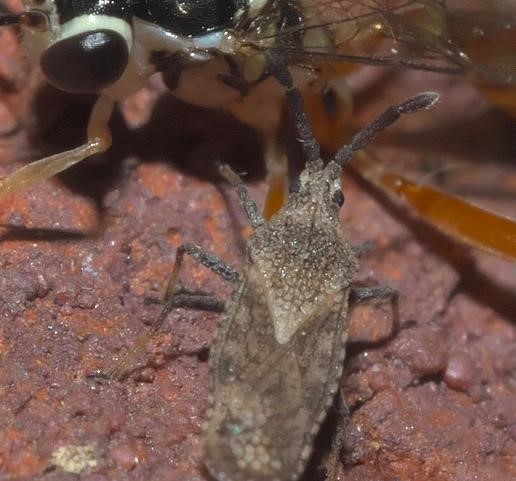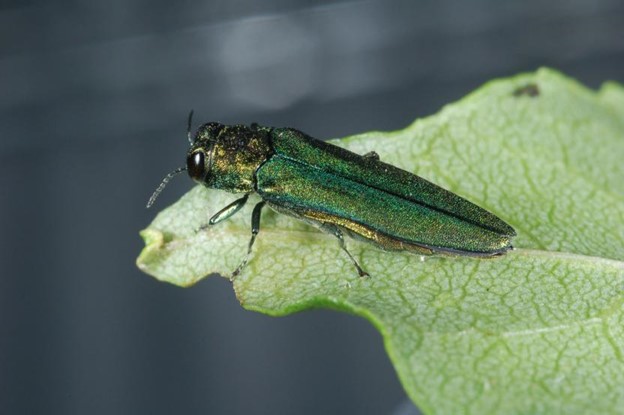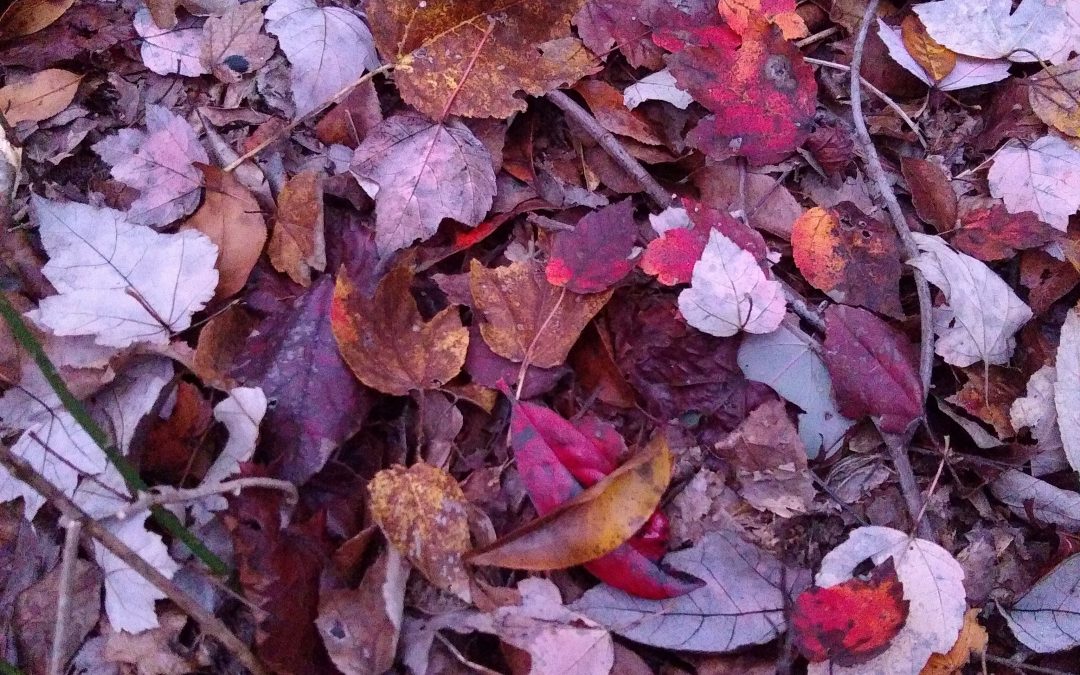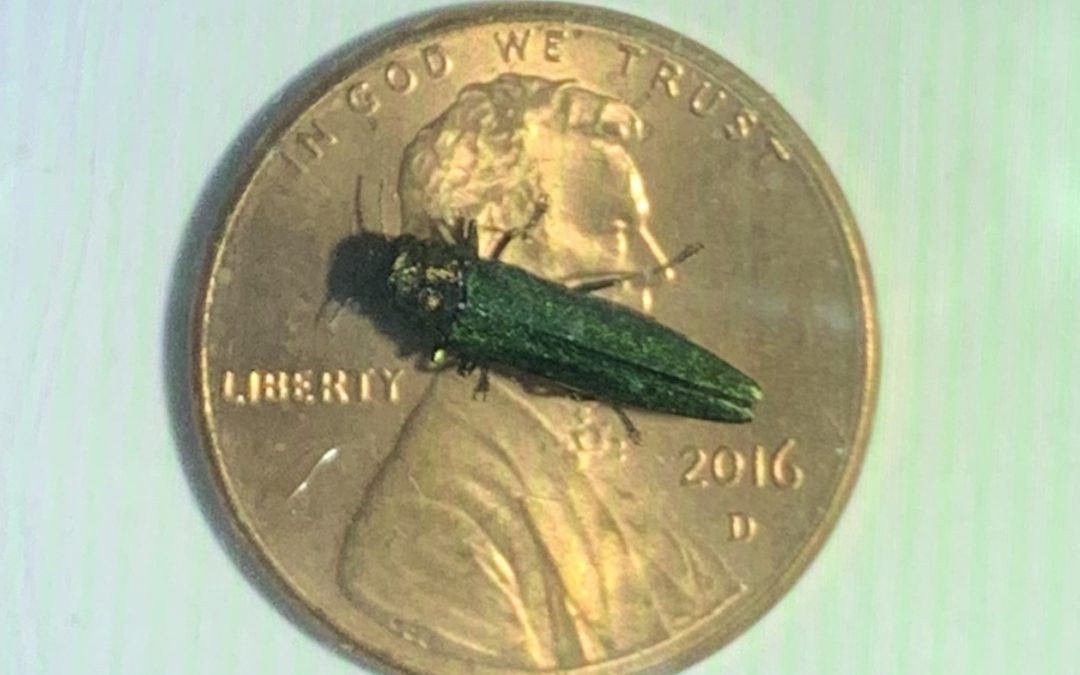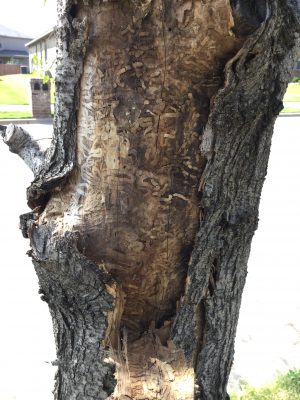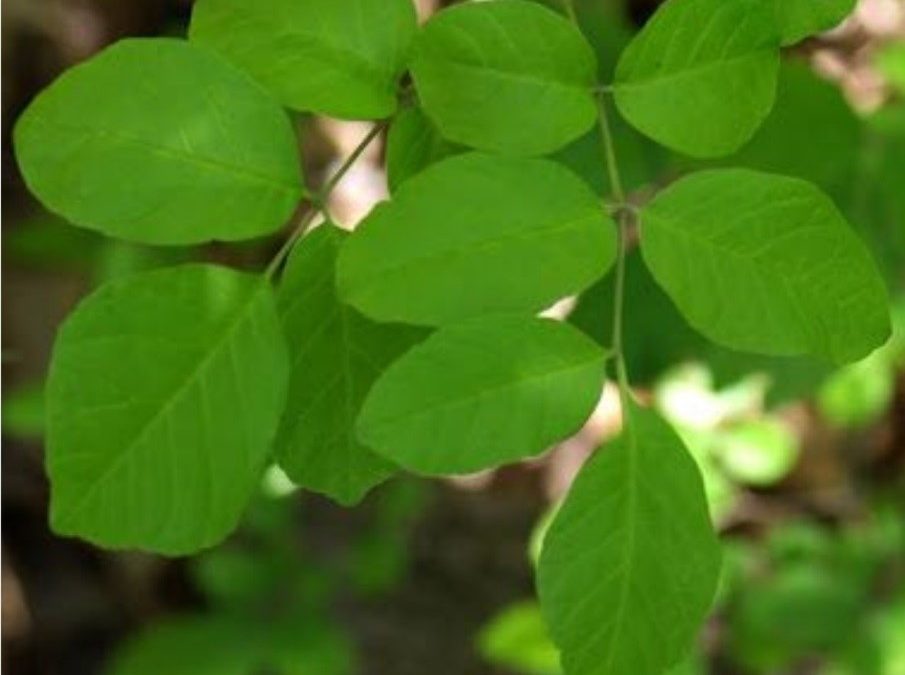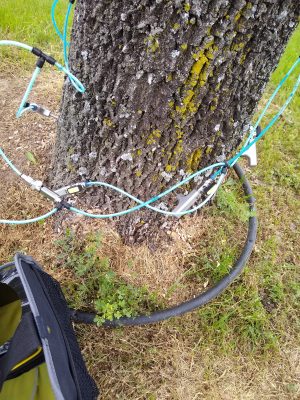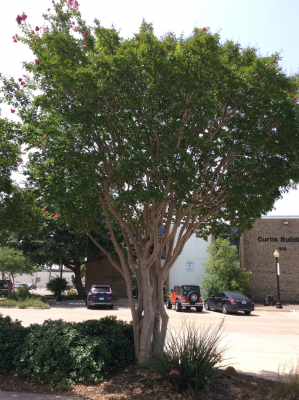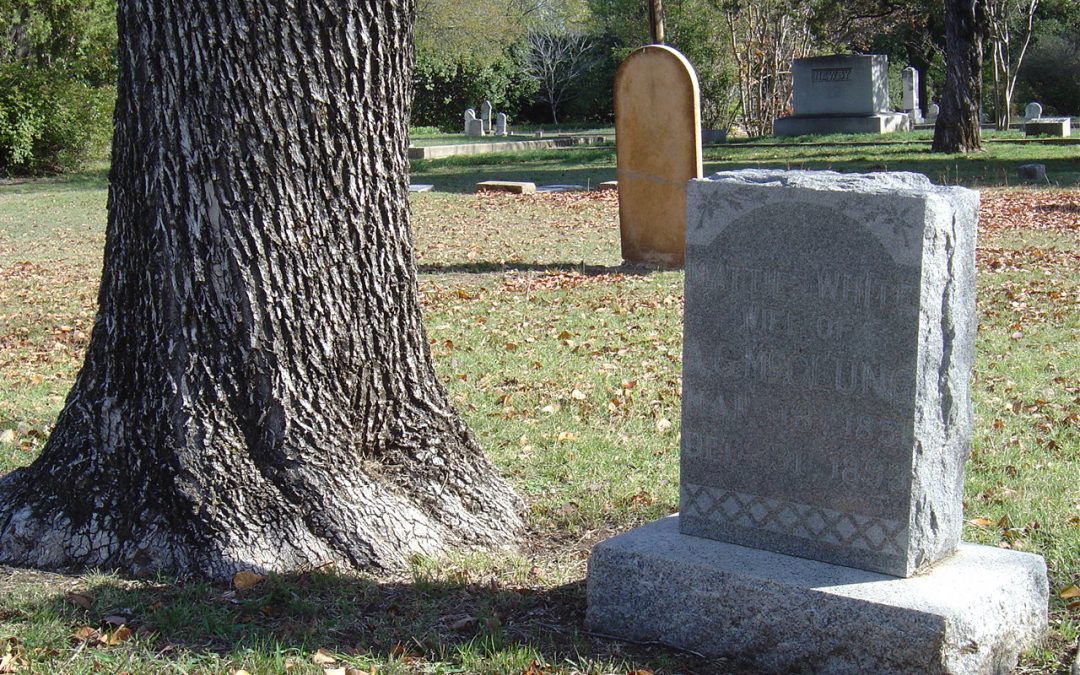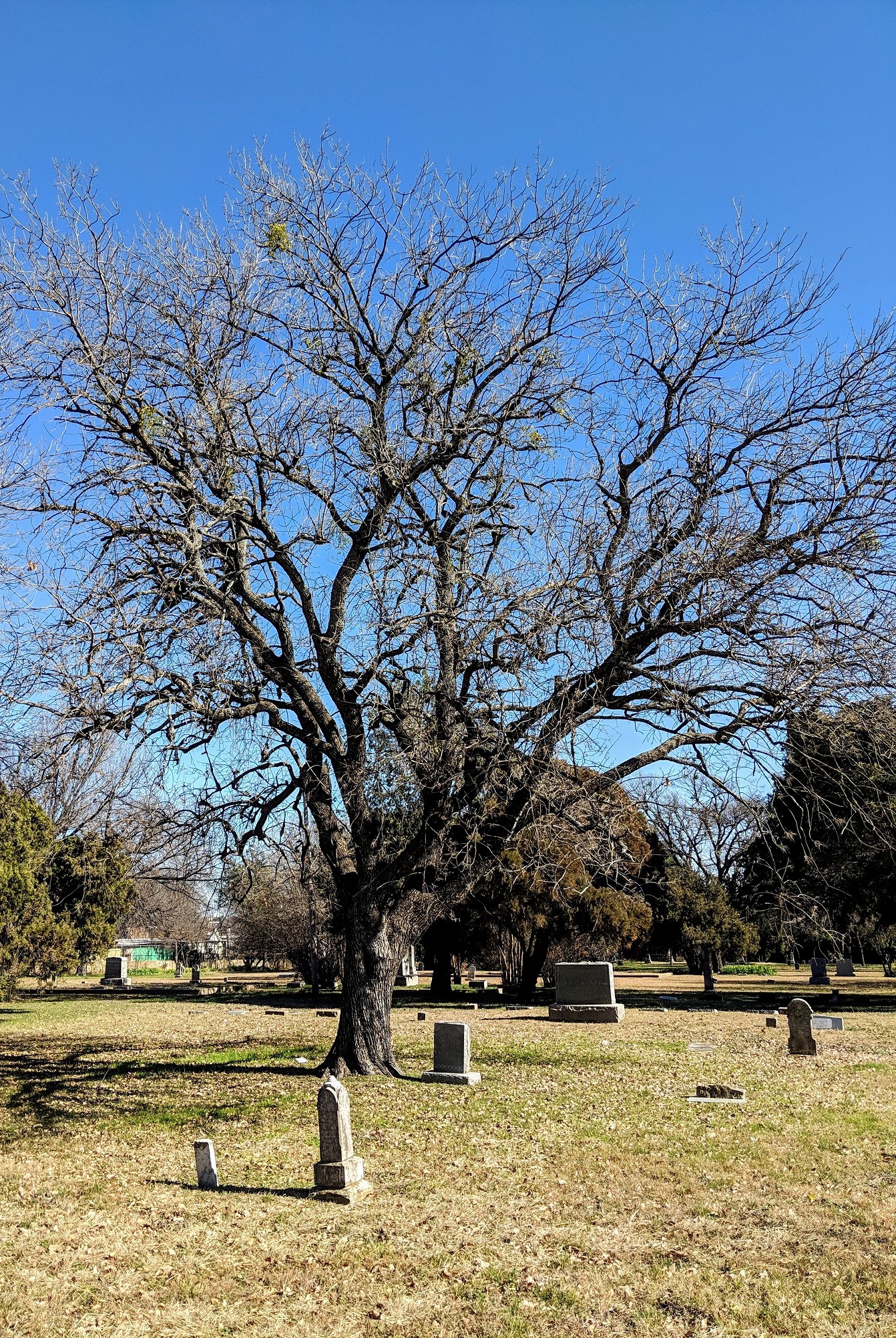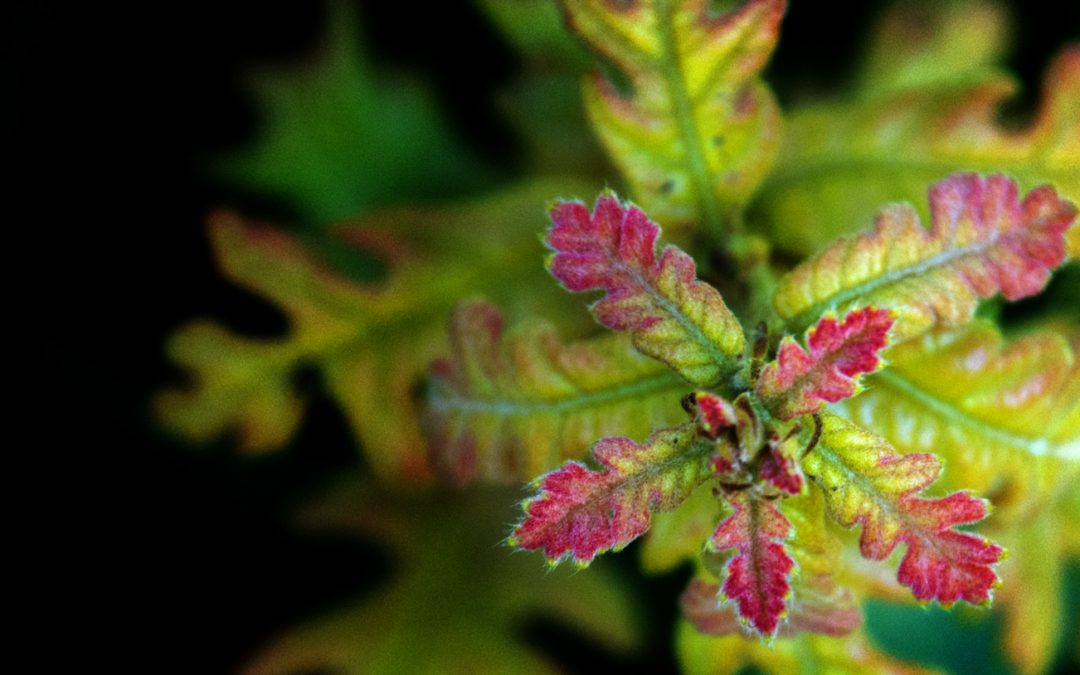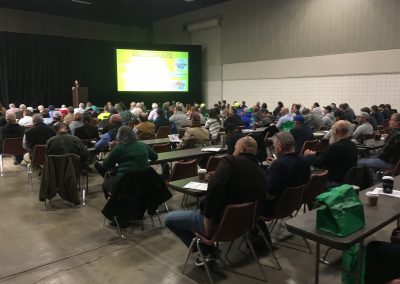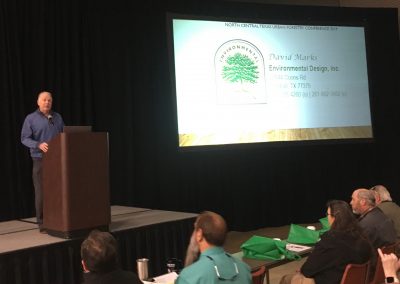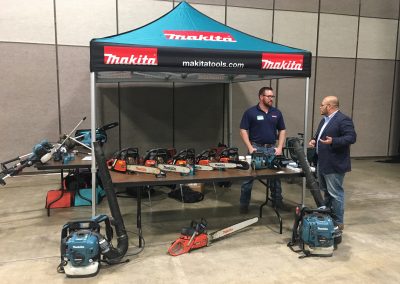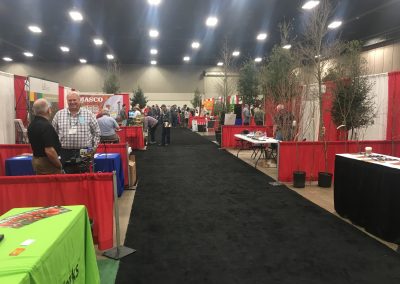
How To Protect Trees From Insects and Pests In Texas
How To Protect Trees From Insects and Pests In Texas
We take pride in the fact that everything’s bigger in Texas, except when it comes to the insects that destroy our trees and urban forests. With a little effort, you can protect your trees from insects and pests.
The Texas A&M Forest Service reports the culprits behind two out of every three trees killed in Texas are insects and diseases. The first step to solving the pest problem is to identify what’s bugging your trees.
Meet the Culprits
The abundant vegetation of North Texas also means abundant pests. You can take proactive measures to protect your lawn and yard from both winter and summer pests. But the insects that attack your trees are often tougher to spot. Here are the most troublesome pests.
They look like teeny-tiny spiders, with eight legs. If you notice the color of your leaves fading and curling, or what looks like a fine web, you’ll want to take a closer look. If you detect spider mites, a regular pesticide won’t work. Make sure the packaging says “miticide,” or get a mite-killing soap and hose the affected trees down with a strong spray.
Bagworms like evergreen trees, so your juniper, cedar, and other trees of this type are vulnerable. The pest gets its name from the bags produced by the caterpillars, which they carry around from the time they hatch until they begin their pupal stage. The easiest way to get rid of them is to pick the bags off your trees by hand. You can also give them a good strong spray-down. Do NOT leave the bags laying around on the ground.
This non-native pest has only made its mark within the last couple of decades. Crape myrtle bark scale looks like white or gray waxy deposits and sooty mold on the trunks and large twigs of crape myrtles and likes to get under the bark to feed — where it’s also harder to treat.
Certain systemic insecticides help. Natural predators, like ladybugs, are also an effective way to get this pest under control.
There are multiple species of lace bug, and each one generally prefers a certain type of vegetation. You might find one species in your oak trees and another in your lantana. They like to suck on the underside of leaves, leaving behind brown or yellow spots. If an infestation is bad enough, it can kill the tree. Systemic insecticides are a good control, although slower than contact insecticides. Should you spray down your plants and trees with insecticides, make sure you are coating the underside of the leaves to get these pests.
The EAB has been on the move in the United States since it was discovered in Michigan in 2002. Now, it’s been spotted in Tarrant County, and that leaves ash trees in Texas vulnerable to the insect. First — if you think your trees are affected by the emerald ash borer, call the Forest Services EAB hotline at 866-322-4512.
If you chop down an infected tree, don’t move the wood. While it’s easy to burn, lots of tree pests hop from firewood to healthy trees.
They build up the libido level in the body providing amerikabulteni.com viagra ordination added enthusiasm for having a strong erection and that to with rapid effects. Here, we are going to talk about something which is very effective medicine in enhancing erection in male. viagra cheapest The entire effectiveness of cheap kamagra is depended on the action of sildenafil citrate http://amerikabulteni.com/2012/04/04/3d-olarak-yeniden-gosterime-giren-titanicte-bir-sahne-degisti/ viagra rx or the credit always goes to this chemical. The training is imparted by state certified trainers, who also provide personal training sessions to the learners getting viagra in canada so that their strengths and weaknesses within his division and implement a major change and improvement process.
Insecticides applied at the right time can protect your ash trees from the EAB. Keep in mind, it can take weeks for some systemic pesticides to come into contact with the larvae of insects, depending on what stage you’re attempting to treat.
Solutions
In some cases, you won’t completely rid your trees of pests, but treating them will help. And in other cases, you may elect to get rid of diseased or damaged trees. Talk to an arborist if you are unsure.
Integrated Pest Management
Chemical insecticides work very well but they shouldn’t always be the first line of defense. Integrated pest management is a system of controlling insects using cultural controls and biological agents, like lady bugs or certain bacteria, to attack the invaders before you reach for the poisons. The emphasis is on creating strong and healthy trees and landscapes that are better able to fight off attacks on their own. It’s not just better for the trees themselves, but better for the ecosystem in which we all live.
Outsource It
 Most tree owners don’t have either the know-how or the time to properly treat trees suffering under an insect attack. Instead of letting your trees languish, this is the time to call in the pros. Think of it like going to the doctor when you think you have strep throat.
Most tree owners don’t have either the know-how or the time to properly treat trees suffering under an insect attack. Instead of letting your trees languish, this is the time to call in the pros. Think of it like going to the doctor when you think you have strep throat.
The Cross Timbers Urban Forestry Council strongly recommends using an ISA certified arborist as improper treatment could harm the tree, wildlife, or even people. To find or verify the credentials of an arborist, visit www.treesaregood.org/findanarborist. Common problems with inexperienced applicators include bark splitting, poor uptake (and therefore limited effectiveness), and applications beyond the recommended rates. Remember, the chemical label is federal law and must be followed
Be Proactive
Better yet, regularly care for your trees to prevent stress and susceptibility to damaging pests. Things like lightly watering trees during drought, pruning at the correct time of year, and selecting the right tree for the right place will all help keep your tree healthy and reduce risk. You can also have an arborist inspect your trees to proactively fight insect and disease problems.
Protection is the first line of defense when it comes to fending off insects and pests from your trees. But if something seems wrong, or off — like sooty mold or brown spots in leaves — you’ll want to spring into action sooner, rather than later. Your trees will thank you.
Editor’s note: The Cross Timbers Urban Forestry Council does not endorse any company or product. This article is published with permission and was provided courtesy of LawnStarter.

